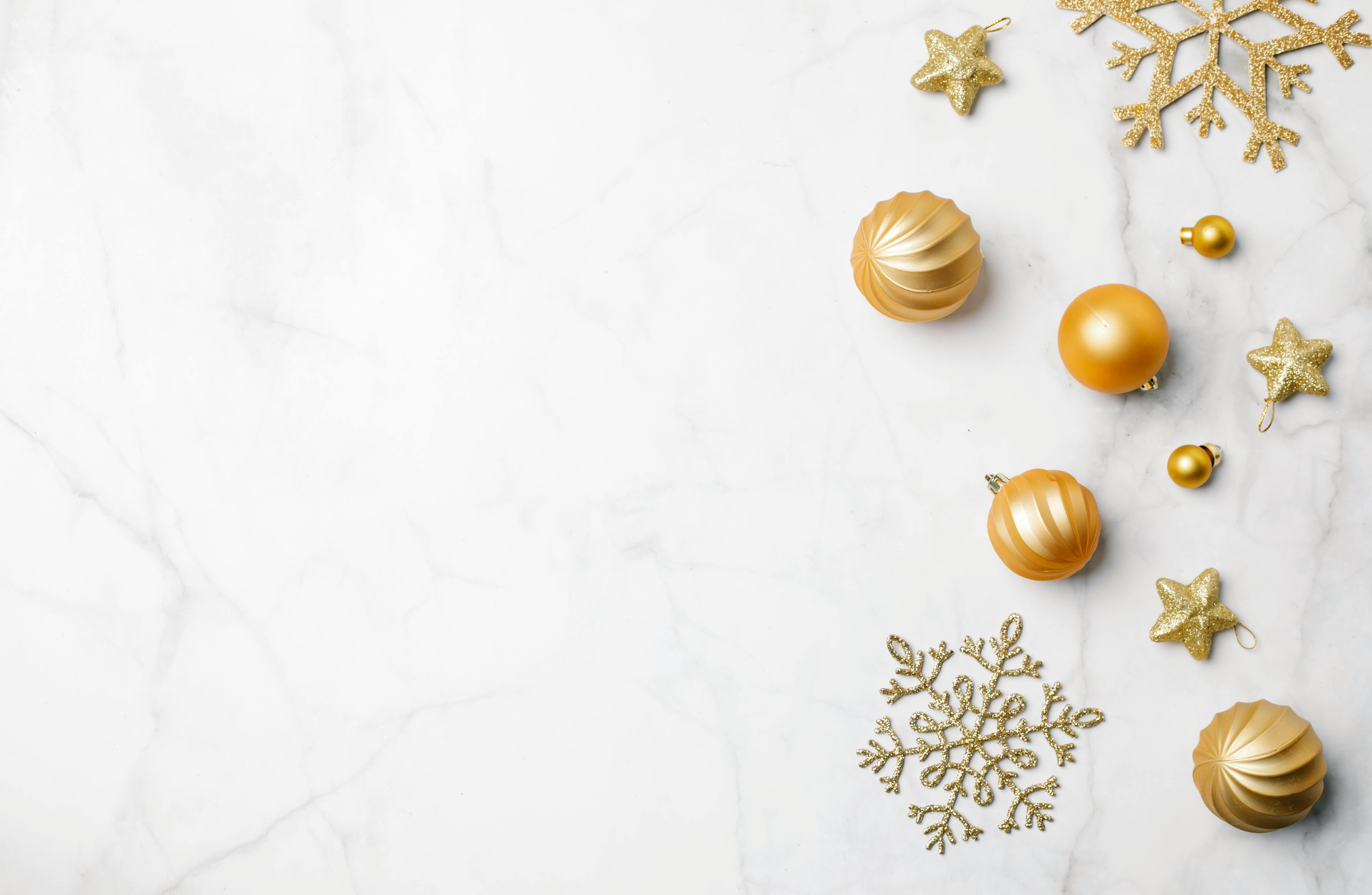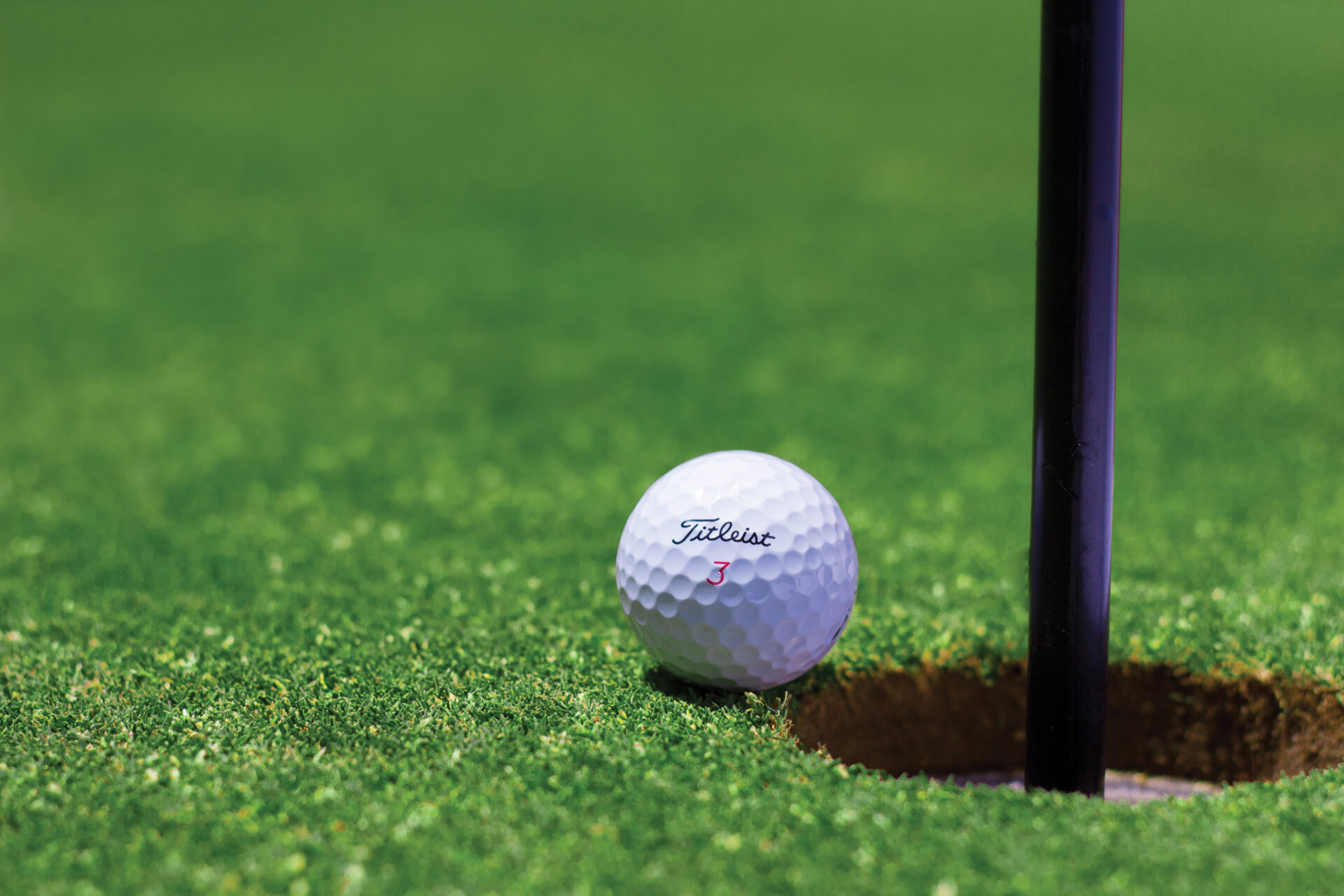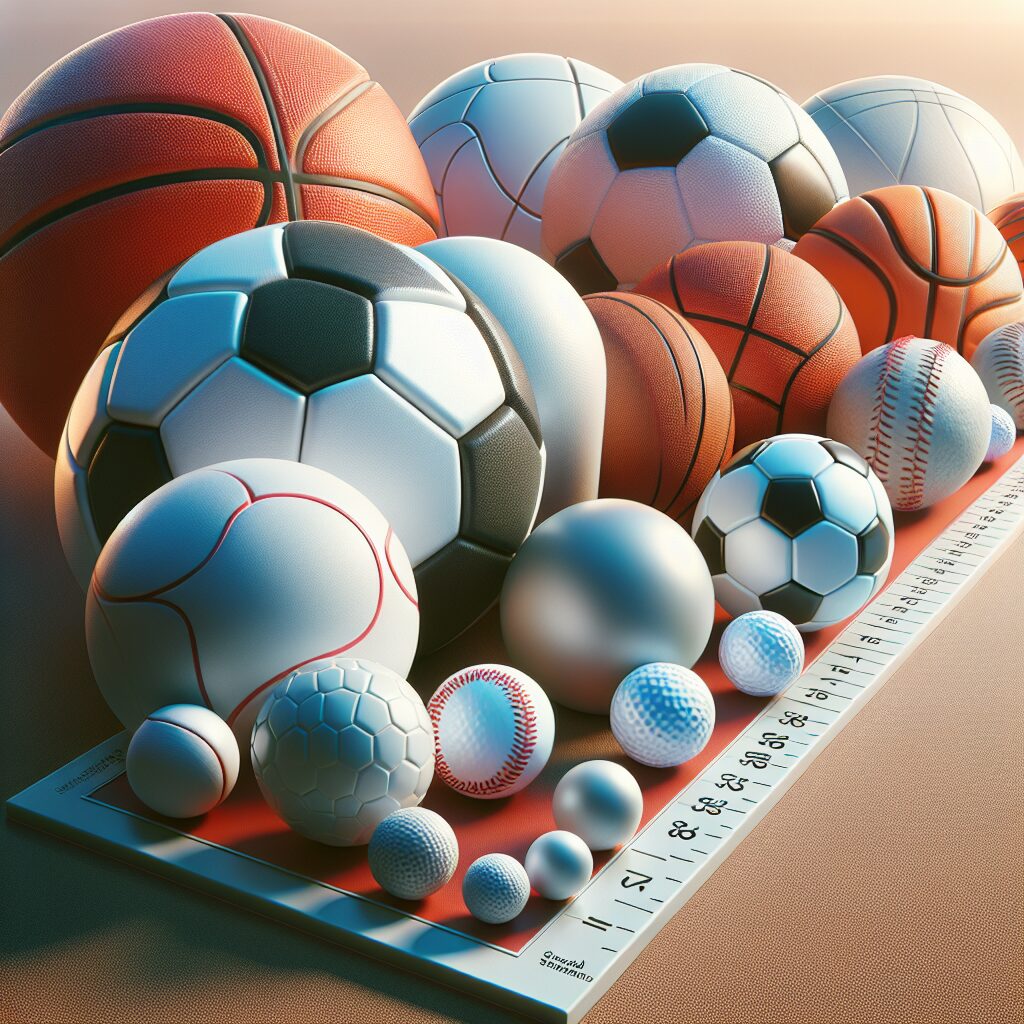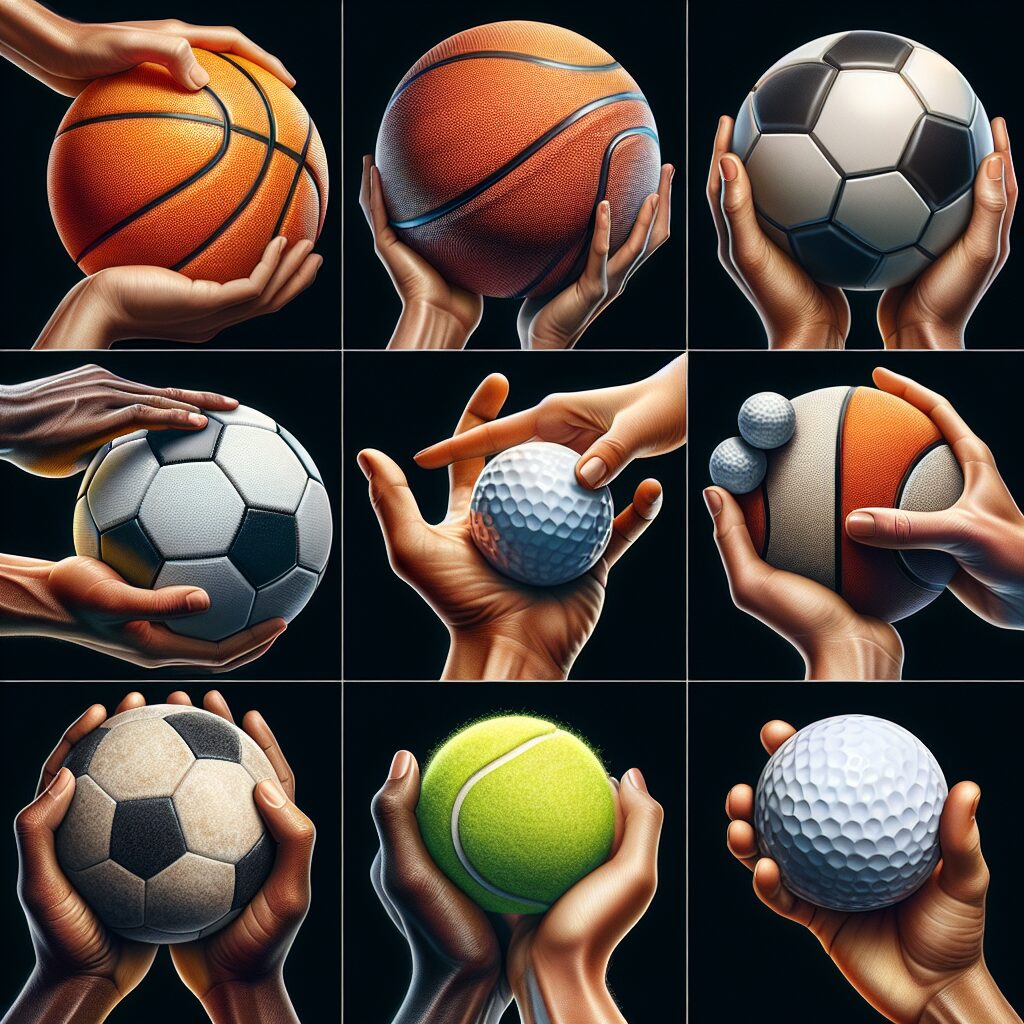Golf is a sport that requires skill and precision, and the golf ball plays a major role in achieving success. But what is inside of a golf ball? The answer may surprise you – it’s not simply a rubber core as you might expect. Instead, golf balls are made up of several different components that work together to create the perfect flight. In this article, we’ll explore the layers of a golf ball and explain how they work together to give you that perfect shot.A golf ball is comprised of several components, including a core, a cover, and an outer coating. The core is usually made of rubber or polybutadiene, which gives the ball its elasticity and distance. The cover is usually made of urethane or balata and provides the ball with spin, control, and durability. The outer coating is typically made of paint or plastic to improve visibility and provide aerodynamic properties.
What Materials Are Used in a Golf Ball
A golf ball is made up of several components, each of which plays an important role in the flight of the ball. The main components are a core, a cover, and a dimple pattern. The core is usually made of solid rubber, but can also be made of liquid or liquid-filled rubber. The cover is usually made from a combination of materials such as Surlyn, urethane and other polymers. Finally, the dimple pattern helps to reduce drag and improve aerodynamics when the ball is in flight. All these materials combine to create a golf ball that performs to its maximum potential.
The core is the most important component of the golf ball since it affects the way it compresses upon impact with the club face. This compression affects how much energy from the club head will be transferred to the ball and ultimately how far it will travel; so it’s important for this component to have good rebound properties. Most golf balls have cores made from solid rubber or liquid-filled rubber, both of which provide excellent compression properties.
The cover is what most people think about when they see a golf ball, as it’s usually brightly colored and has logos printed on it. This material combination plays an important role in creating distance and spin control for shots. Urethane covers tend to provide more spin control than Surlyn covers but are more expensive too. Regardless of the material used for the cover, its job is mainly to protect the core while also providing some aerodynamic benefits.
Finally, there’s also a dimple pattern on golf balls that helps them fly further by reducing drag and improving their aerodynamics. Dimples are usually arranged in patterns such as squares or hexagons so that air flows around them more smoothly as they move through the air. This reduces drag forces which improves their flight distance and accuracy.
The Different Types of Golf Balls
Golf balls come in many shapes and sizes, and each type of ball is designed for a specific purpose. The different types of golf balls are categorized according to their construction, core material, cover material, dimple pattern and compression rating. Knowing the different types of golf balls available can help you choose the right one for your individual game.
Construction
Golf balls are generally divided into two categories based on their construction: two-piece and multi-piece. Two-piece golf balls are made with a hard rubber core surrounded by a durable cover material such as urethane or synthetic blends. Multi-piece golf balls typically feature an inner core made of soft rubber or resin, as well as an outer layer that is harder than the inner layer. These multi-layer golf balls provide more spin, control and distance off the tee than two-piece golf balls.
Core Material
The core material of a golf ball has a large impact on its performance characteristics. Two-piece golf balls typically have cores made from polybutadiene rubber or surlyn plastic, while multi-piece golf balls may have cores made from soft rubber or resin materials. The core material affects the compression rating of the ball as well as its spin rate off the club face and its durability.
Cover Material
The cover material of a golf ball also plays an important role in its performance characteristics. Common cover materials include urethane and synthetic blends such as balata, ionomer and surlyn plastic. Urethane covers provide better spin control around the greens while synthetic covers offer more distance off the tee but less spin control around the greens.
Dimple Pattern
The dimple pattern on a golf ball helps to reduce drag and increase lift when it is in flight, which allows it to travel farther through the air with less effort from the golfer. Dimples also help to create greater spin on shots around the green for added control and accuracy when putting or chipping close to the hole. The size and depth of dimples varies between different brands of golf balls, so it’s important to find one that works best for your game before making a purchase decision.
Compression Rating
Compression rating refers to how much energy is transferred back to your club when you make contact with your ball during a shot. Lower compression (80+) ratings tend to be softer and easier to compress at impact, providing more distance off long shots but less control around greens compared to higher compression (90+) ratings which are harder but provide more control around greens with less distance off longer shots due to increased spin rates at impact.
Knowing about the different types of golf balls available can help you make an informed decision when you’re looking for new equipment for your game. By choosing a ball that best suits your individual playing style and skill level, you can take your game to new heights in no time!
What Is the Core of a Golf Ball?
The core of a golf ball is the innermost part, and it has a major influence on how the ball performs. The core is typically made from either rubber or synthetic materials, and its size and weight can vary depending on the type of ball. The core is surrounded by a mantle layer and then an outer cover made from either urethane or Surlyn. The core’s size and weight affect the spin rate, launch angle, and overall distance of the golf ball. A larger and heavier core will usually produce more spin but less initial speed, while a smaller and lighter core will do the opposite. Manufacturers often use different cores in different models to optimize performance for different types of golfers.
What Is the Cover of a Golf Ball?
The cover of a golf ball is the outermost layer that consists of a thin, resilient material. This material is designed to protect the inner core and give the golfer control over their shots. There are several different materials that are used for golf ball covers, including balata, urethane, and surlyn. Balata is the most common material used for golf ball covers and is known for its soft feel and spin control. Urethane covers offer great spin control with a firmer feel, while surlyn covers are generally firmer yet still provide good spin control. Each type of cover also has its own unique flight characteristics that can affect how far and straight the golf ball will travel when hit with a club.

Golf Club Loft Impact on Distance and Accuracy
Golf clubs with varying lofts are designed to hit the ball different distances. Generally, the higher the loft of a golf club, the shorter the distance it will travel. Lower lofted clubs tend to have a greater distance. The type of club used for a shot will also affect its accuracy. Generally, higher lofted clubs are more accurate than lower lofted clubs as they create less sidespin when struck correctly. The degree of accuracy is also dependent on the skill level of the golfer and how well they are able to control their swing.
The most important factor when considering golf club loft is how comfortable you feel swinging with a certain type of club. If you don’t feel comfortable using a particular type of club, you won’t be able to control your shots accurately and achieve maximum distance potential. Each golfer has their own preferences when it comes to choosing a golf club and it is important to find what works best for you so that you can maximize your performance on the course.
In addition to choosing an appropriate golf club based on comfort, understanding your swing speed can also help you select an appropriate club with correct loft for your game. If you swing slower, then you may benefit from using higher lofted clubs as they allow you to generate more lift with less force applied at impact. Conversely, if you have a faster swing speed then lower lofted clubs may be more suitable as they allow for greater distance without having to generate too much spin at impact.
Finally, it is important to remember that practice makes perfect when it comes to improving your game with any type of golf club. Experimenting with different types of clubs and lofts can help improve both accuracy and distance in your shots over time as long as you remain consistent in your practice routine and make sure that your technique remains correct throughout each swing
Dimple Patterns and Their Effectiveness
The use of dimples on golf balls has become an important factor in a golfer’s success. Dimples create a smoother, more aerodynamic surface that is less prone to drag, allowing the ball to move further and faster through the air. In addition, the dimples help the ball spin more efficiently, giving it greater control over its trajectory. As a result, dimple patterns play an important role in both distance and accuracy when it comes to the game of golf.
The most common type of dimple pattern is symmetrical, with evenly distributed dimples all around the surface of the ball. This design helps create a consistent flight path for every shot and makes it easier for golfers to control their shots. Asymmetrical patterns are also available, which feature varying dimple sizes and spacing. This type of dimple pattern helps reduce drag at higher speeds and can provide additional spin when needed.
Dimple size is also an important factor in determining a ball’s performance. Smaller dimples create less drag, while larger ones can help create more spin on shots. The optimal number of dimples varies depending on the type of golf ball being used as well as the player’s swing speed. For example, players with slow swings tend to benefit from balls with fewer but larger dimples, while those with faster swings may prefer balls with more but smaller dimples.
Overall, dimple patterns are an essential part of any golfer’s game as they can make all the difference between a successful shot or one that ends up off-target or short. Understanding how different patterns affect performance is key to getting the most out of one’s game and can help golfers maximize their potential on the course.
Knowing which type of pattern works best for each player is also essential in order to get the best possible performance from their equipment; fortunately there are many options available that can provide different levels of performance depending on individual needs and preferences. With so many available choices, it is easy to find a pattern that works best for any golfer’s style or skill level, allowing them to get maximum distance and accuracy from each swing they take on the course.
The Benefits of Using Different Types of Balls
Using different types of balls for various activities can have a number of benefits. Whether it is for sports, games, or exercise, having the right ball can make a big difference. Different types of balls are designed to help improve performance and increase enjoyment. Here are some of the benefits that can be gained from using different types of balls:
Improved Performance: Different types of balls are designed to help improve performance in certain activities. For instance, using a basketball with a softer core can help improve accuracy when shooting baskets. Similarly, using a soccer ball with more air resistance can help players practice passing and dribbling skills more effectively.
Increased Enjoyment: Using different types of balls can also increase enjoyment in certain activities. For instance, playing beach volleyball on a softer and lighter ball will make it easier to hit harder shots without hurting your hands or arms. Similarly, playing catch with an oversized rubber ball allows for longer throws and catches without worrying about dropping the ball.
Better Safety: Different types of balls are also designed to provide better safety during certain activities. For instance, using an inflatable beach ball when playing beach volleyball helps reduce the impact if someone gets hit by the ball because it is softer than traditional volleyballs. Similarly, using oversized rubber balls makes it easier to catch without worrying about getting injured from a dropped ball.
In conclusion, using different types of balls for various activities can have many benefits. From improving performance to increasing enjoyment and providing better safety, having the right type of ball can make all the difference in any activity or sport you are participating in.

Conclusion
Golf is a popular sport that requires precision and accuracy to execute a perfect swing. The game would not be possible without the essential golf ball that is at the center of the sport. A golf ball consists of many components including a core, a mantle layer, and an outer cover. The core is composed primarily of rubber or plastic and can contain up to 250 dimples. The mantle layer comprises of two or more layers that are made of rubber to provide flexibility and control when striking the ball. Lastly, the outer cover is made up of hard polyurethane material to help create spin on the ball when it is hit.
In conclusion, the modern golf ball is a complex piece of equipment that has seen many developments over its long history in order to make it more efficient and effective for today’s players. By understanding what components make up a golf ball, players can better understand its performance and make changes to their game accordingly.




